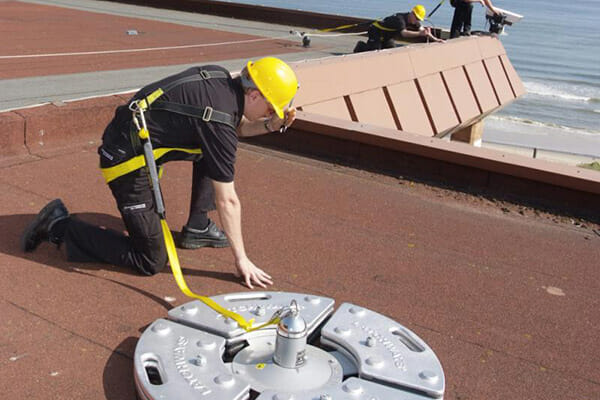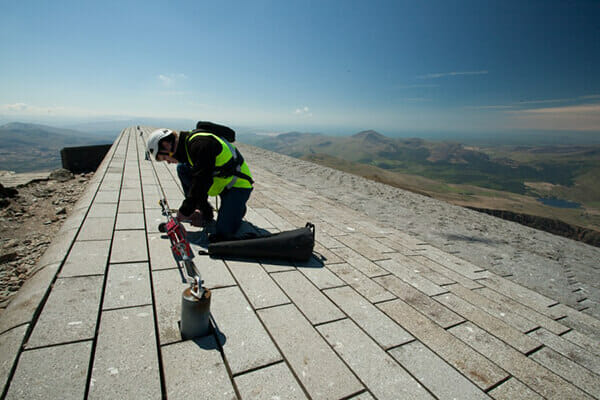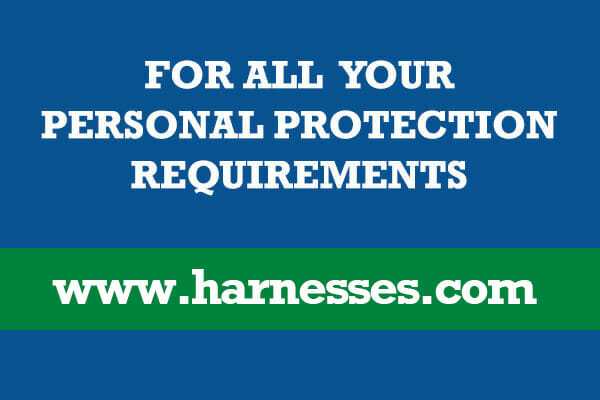Falls From Height.
Falls from height remain the leading cause of workplace fatalities and one of the most common sources of serious injury. For workers who must operate quickly, efficiently, and safely at height, effective fall protection is not optional — it is critical. As regulatory bodies adopt increasingly stringent requirements, the importance of robust height safety measures continues to grow.
Modern fall protection requires a clear understanding of where safety measures are needed, which systems are appropriate, and who is responsible for ensuring worker safety.
Specialist height-safety teams are trained to assess risk, design solutions, and provide tailored advice based on each site’s individual challenges. This includes selecting systems suitable for horizontal, vertical, inclined, and even curved structures, addressing the varied demands of contemporary architecture, heritage buildings, and industrial environments.
Are You Responsible?
In many cases, the answer is yes.
Under Health & Safety Legislation, several roles are legally defined as duty holders — individuals who may be held accountable if adequate fall protection is not provided.
Duty holders typically include:
- Designer
- Health & Safety Manager
- Facilities Manager
- Planning Supervisor
- Principal Contractors / Sub-Contractors
- Client / Building Owner
If you fall within any of these categories, you have a legal responsibility to ensure a safe working environment — including the management of fall risks.
Where Height Safety Should Be Implemented.
Height safety should be considered wherever a worker could fall:
-
From roofs, edges, parapets, or open sides
-
Through fragile surfaces (roof lights, glazing, asbestos sheeting)
-
From ladders, platforms, or elevated equipment
-
Within industrial, commercial, or heritage structures
-
While accessing plant, M&E services, gutters, or inspection areas
If a fall is possible, then fall protection must be assessed.
Acceptable Fall Protection Systems.
Depending on the site, tasks, and level of risk, acceptable systems may include:
-
Collective edge protection and guardrails
-
Horizontal or vertical lifeline systems
-
Fall arrest and restraint systems
-
Self-retracting lifelines (SRLs)
-
Mobile man anchors
-
Safety nets or soft-landing systems
-
Access walkways and platforms
A competent designer must select solutions that meet the demands of the specific environment.
Three Key Stages of Fall Risk Management.
Worker protection from falls should always follow the recognised hierarchy of control:
1. Eliminate the Risk
Where possible, design or position plant and equipment so that work can be carried out from a safe location with no exposure to a fall hazard.
2. Guard the Hazard
If complete elimination is not feasible, install physical protective measures such as parapets, guardrails, or barriers to remove the fall risk.
3. Protect the Worker
When a fall hazard still exists, protect the worker through a properly designed fall arrest or fall restraint system, ensuring users are trained, competent, and equipped with suitable PPE.





